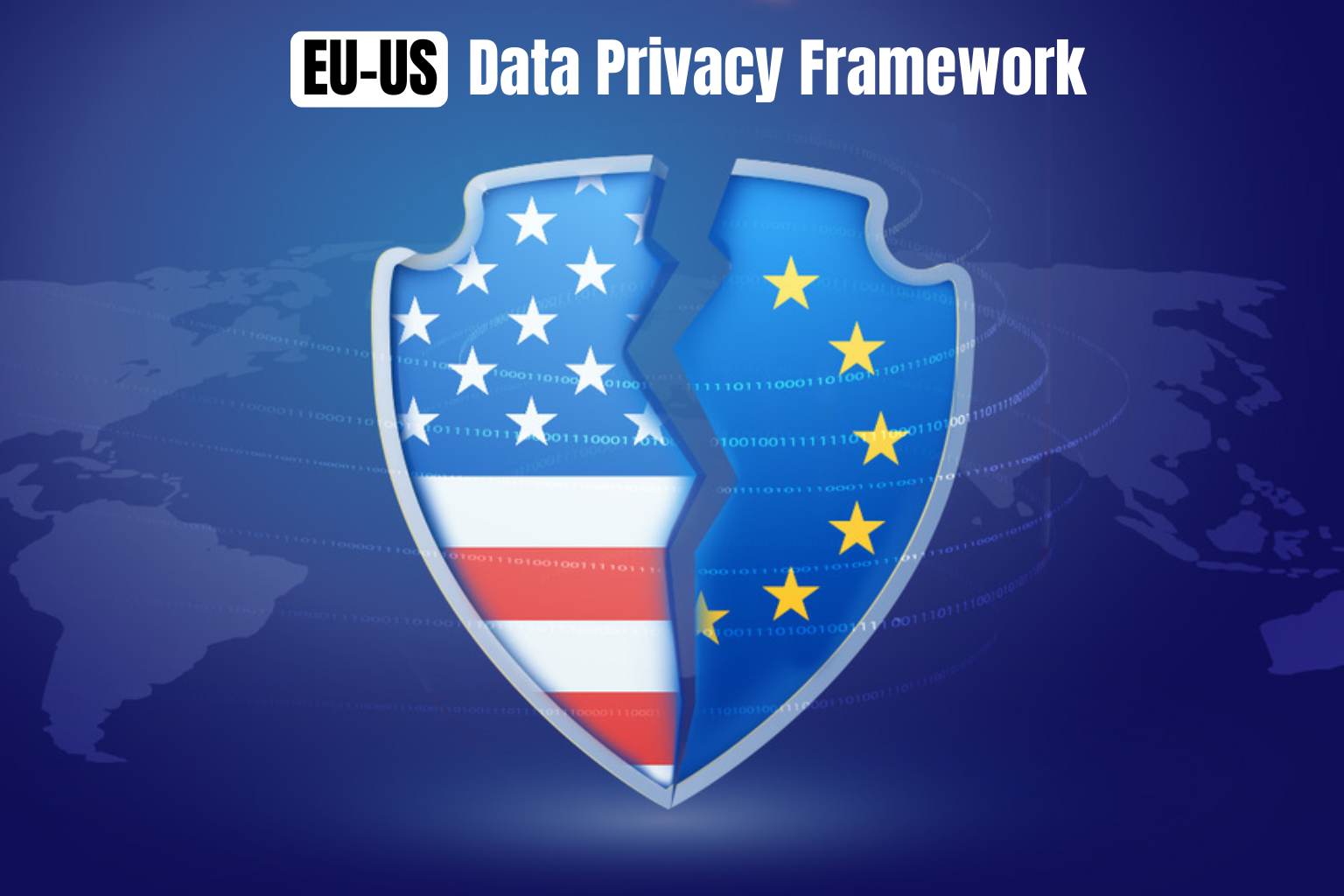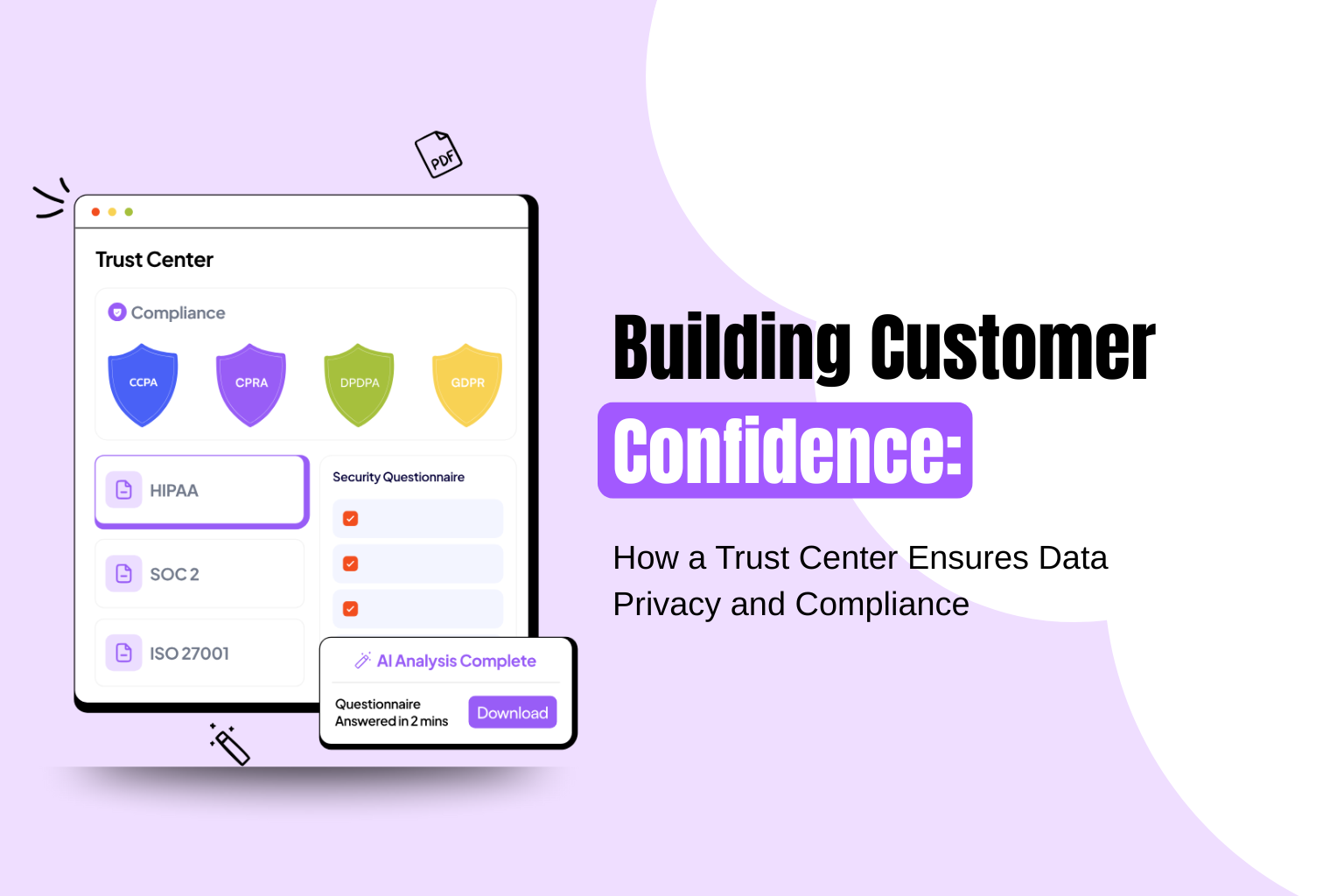
How Data Profiling Helps Businesses Stay Ahead of GDPR and DPDP
Every organization deals with massive amounts of data, but not all data is usable or organized. Making sense of it requires data profiling, a process that ensures data accuracy and consistency. It assists companies in identifying the trends, reducing the inconsistency and enhancing the quality of information.
Due to growing demand to adhere to such laws as GDPR and DPDP, data profiling is no longer a choice. It will be a necessary measure in ensuring improved decision-making and privacy compliance.
Redacto simplifies this process through its Data Discovery tool, which automates the detection and labelling of sensitive data as well as assists organisations in risk mitigation and governance enhancements.
What Is Data Profiling?
Data profiling refers to the process of inspecting, examining and summarizing data contained in data sets. It assists in determining inconsistencies, errors, and patterns to enable organizations to clean and organize their information.
To businesses, it is a significant measure in enhancing data quality and adherence to regulations such as GDPR. Knowing what is inside your data helps to take better decisions, simplify work and provide less risk.
In simpler words, data profiling gives you a clear picture of your data’s health and usability, making it essential for any data-driven organization.
Key Types of Data Profiling
Data profiling is all about analyzing datasets to ensure accuracy, completeness, and consistency. Below are the main types that help businesses make better decisions and meet compliance needs:
1. Structure Discovery
Structure discovery is concerned with the process of verifying the format and structure of data so that it complies with the anticipated patterns and norms. It verifies the dataset schema, such as the dataset column names, data types, lengths and format of values. This is essential in detection of missing fields, inconsistent records or corrupted data.
As an example, a table meant to contain all customer information would have a field called Phone Number. Should some of the entries fail to meet the expected format (+1-XXX-XXX-XXXX), then structure discovery will signal such anomalies. Structural data organization allows businesses to optimize workflows and prevent greater problems in operations.
2. Content Discovery
Data discovery focuses on the individual values in datasets and seeks inaccuracies such as null values, duplicate values, or invalid data. This method of profiling provides greater data quality by validating the content of each record, therefore it is reliable to downstream analysis and decision-making.
As an example, a transaction list database may contain missing transaction dates or duplicate transactions. Such errors can be found through content discovery, which provides a better understanding of the overall health of the dataset as well as working towards possible actionable insights and regulatory compliance requirements.
3. Relationship Discovery
Relationship discovery studies interaction between the datasets and provides the computer with dependency, foreign keys, and database associations. This can be particularly useful in complex systems where multiple interrelated tables or groups of data need to be coordinated to ensure they do not give erroneous reports or analyses.
As an example, in a customer database, customer ID field in the main table could be linked to information in a distinct transactions table. Relationship finding makes sure that these connections are present and rational. Through such relationships, the business will be able to develop harmonious datasets, which spillover to improved governance, privacy, and reduced compliance risks.
Benefits of Effective Data Profiling
Data profiling helps businesses ensure data is accurate, complete, and reliable. It plays a critical role in improving operations, ensuring compliance, and optimizing decision-making.
- Cleaner and More Reliable Datasets: By identifying and addressing errors, redundant entries, and inconsistencies, profiling improves the overall quality of your data, reducing errors in analytics and operations.
- Improved Decision-Making: Accurate, high-quality data paves the way for better insights, helping organizations make well-informed strategic choices that drive growth and efficiency.
- Streamlined Compliance with Privacy Laws: Profiling ensures organizations adhere to regulations like GDPR and DPDP by identifying compliance risks early and addressing them proactively.
What Are the Steps in the Data Profiling Process?
The data profiling process involves systematically examining data to ensure it meets quality and compliance standards. Below are the essential steps to help businesses streamline data governance:
1. Data Collection and Preparation
In this step, the multiple datasets obtained by different sources are all collected and settled to similar format. Accessibility and consistency of data is the determining factor towards successful profiling.
After the data is ready, unwanted or irrelevant data is discarded and then there is no problem of concentrating on what is really important to provide quality and to stay in compliance.
2. Data Quality Assessment
At this phase, the data are deeply scanned to verify any inconsistency, mistakes, and missing details. This makes the data reliable and fit to be analysed.
Tools allow businesses to determine the duplicates, nulls, or formatting problems in order to produce cleaner datasets that are more effective to use when it comes to making decisions.
3. Data Analysis and Insights Generation
Interpretation of the cleaned data is the last stage that determines patterns, trends, or relationships. This step offers strategic decisions that are actionable.
Given these insights, organizations can achieve privacy regulations such as GDPR or DPDP and enhance the overall data governance using solutions such as Redacto.io.
How Redacto’s Data Discovery Tool Helps in Data Profiling
The Data Discovery tool offered by Redacto eases the task of data profiling by automating identification and organization of data sets. It makes it easy to find sensitive or unstructured data to aid exemplary governance of businesses.
The tool can help identify errors such as duplicates, missing values, and keep the business comply with privacy regulations such as GDPR and DPDP. This saves manual work to prepare data to be analyzed or audited.
Redacto’s data profiling tools allows businesses to effectively control the quality of data and reduce privacy risks in all operations by streamlining profiling activities and providing centralized control.
Conclusion
Data profiling is a cornerstone of effective data governance, helping businesses improve data quality and meet compliance standards. Tools like Redacto’s Data Discovery make this process seamless, reducing risks and enhancing trust.
FAQs
1. What is data profiling?
Data profiling examines datasets for errors, patterns, and inconsistencies to improve quality and usability while ensuring compliance with data privacy laws like GDPR.
2. Why is data profiling important?
It ensures accurate, high-quality data for better decision-making and compliance with standards like DPDP, reducing business risks and improving overall data efficiency.
3. How does Redacto’s tool help in compliance?
Redacto’s Data Discovery tool identifies and classifies sensitive data, ensuring robust governance and adherence to global privacy laws like GDPR and DPDP, streamlining compliance efforts.
4. Can data profiling reduce third-party risks?
Yes, data profiling uncovers vulnerabilities in shared or external data, ensuring compliance and reducing risks caused by vendor or partner interactions.
5. What industries benefit most from data profiling?
Industries like banking, healthcare, and insurance benefit greatly from data profiling, particularly in managing sensitive customer data under strict privacy regulations.




%20Redacto%20logo_New.png)



.jpg)



.jpg)
